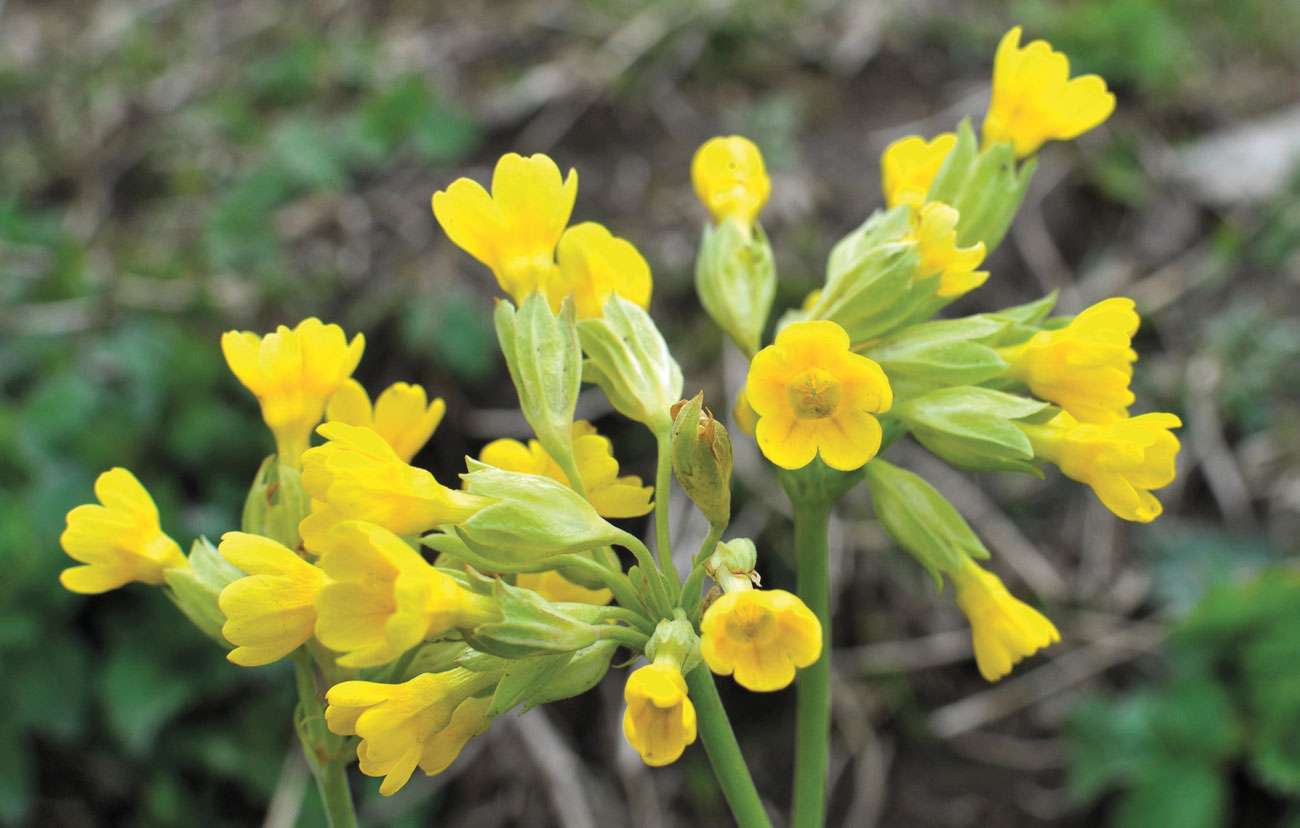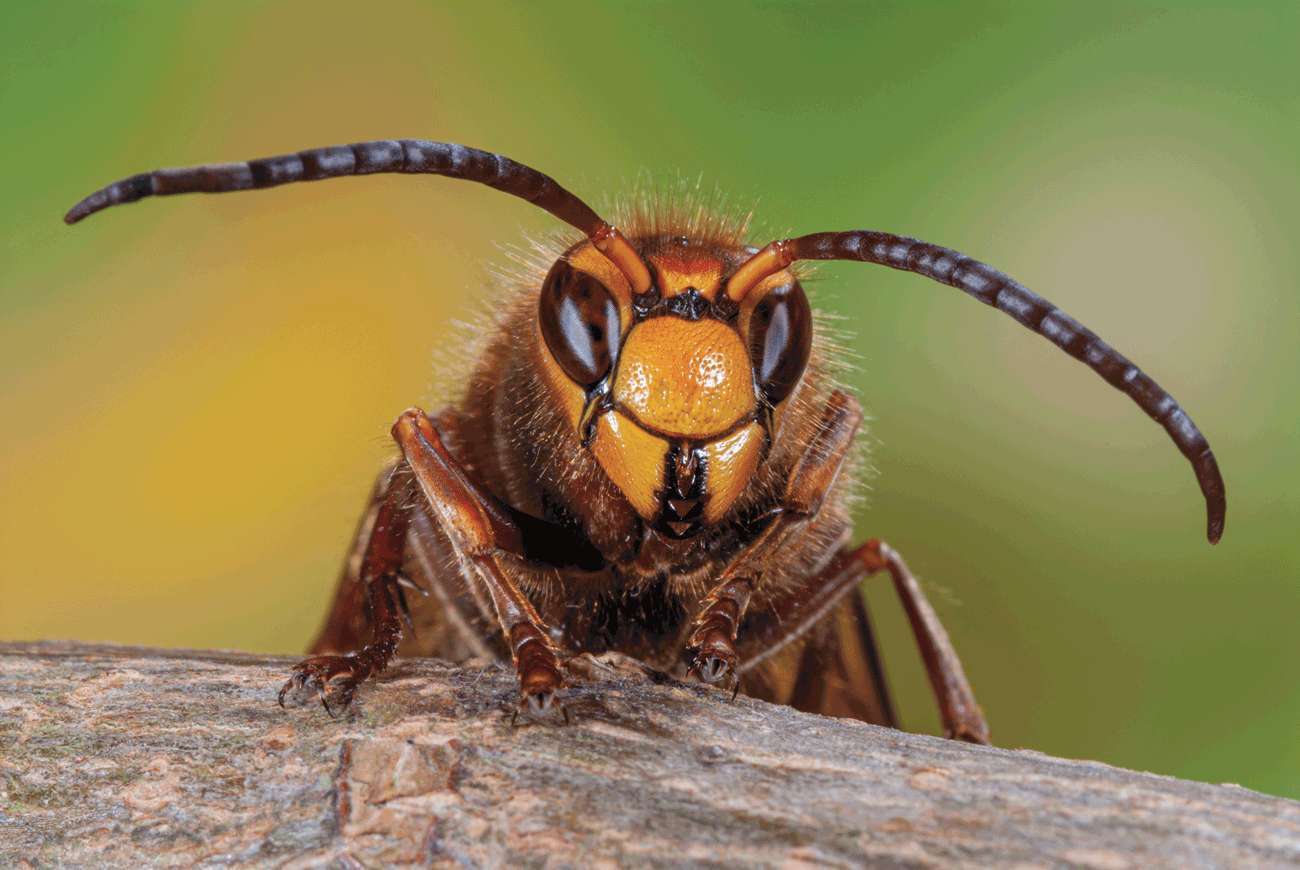
Primula veris
Primroses appear first– and then the closely related cowslip. Four English counties claim the cowslip as its flower: Essex, Northamptonshire, Worcestershire and Surrey. Any time soon, flat rosettes of leaves will be visible at Beryl Harvey Fields and then, towards the end of April, the stalk and an umbel of flowers. The flowers are like little golden trumpets announcing the progress of the spring season. Cowslips can be found in woodland, meadows, pastures and it has been suggested that they flourish near cowpats – from which, delightfully, they get their name. My herbal lists seventeen country names for the cowslip which suggests that it was once one of our most common flowers. There was a sharp decline between 1930 and 1980 but it is good to report that the flower has started returning to unsprayed grass verges and village greens.
The flower is much mentioned in country folklore. A number of its common names include the word ‘keys’. Key of Heaven, Bunch of Keys, Our Lady’s Keys and St Peter’s Keys. St Peter was said to have had a duplicate set of keys made for the gates of heaven but he dropped them. The cowslip sprang up where they fell – and some say he used a flower as a key – and other versions say the cowslip showed him where the keys had fallen.
The flower tips, which have a delicate apricot scent, supposedly make a delicious wine when steeped in spring water and fermented with sugar, yeast and lemon rind. The petals were believed to have medicinal properties helping to cure anything from headaches to rheumatism. And early writer was very disapproving of another of the cowslip’s properties:
“Some women, we find, sprinkle ye flowers with whyte wine, still it, and then wash their faces with that water to drive the wrinkles away and make them fayre in the eyes of the world rather than in the eyes of God, Whom they are not afraid to offend”
A herbal substitute for Botox?
The clue in a recent general knowledge quiz was “a crime against nature” and the answer was ‘ecocide’. The –cide ending originates from the Latin word ‘caedere’ meaning to kill. Think genocide, or fratricide, the subject of one of the first stories in the Bible. Ecocide is defined as significant destruction of ecosystems, habitats and wildlife. This destruction is deliberate rather than accidental and is caused by human activity. When did the damage humans do to their environment begin to be seen as a crime? Relatively recently, I would say, as we now have the means to cause destruction on a huge scale. There are laws in place in some countries to prevent such catastrophic damage but often they are not upheld. Economic exploitation is the usual excuse, the natural world seen solely as a resource. A few people get very rich, and all the rest of us are the poorer for the damage and permanent loss to our world, on which we ultimately all depend.
I have just been reading a book called The Brilliant Abyss by an eminent marine biologist called Dr. Helen Scales. She makes a convincing case that our growing awareness of how the deep sea plays a critical role in regulating the Earth’s life-support systems, should alert us to the damage being done to what she calls ‘the last wild frontier’. The deep is full of wonders yet to be explored. But, not only waste dumping in the oceans, but deep sea trawling with huge nets so that the sea bed is left barren and in some places will not recover. The trawling is not so much for fish – a shocking amount of which is wasted, but the mining for rare metals.
It is possible to feel that the problem is so huge that there is nothing we can do. But if each of us does a little, then the good we do adds up. And the place to start is on a local level.
On Saturday the 23rd of April at the Arts Centre, a Cranleigh Eco Festival is planned. Here is a chance to go and see what is being done round here and where you can help. Beryl Harvey Fields, off Knowle Lane, is our conservation site, managed by volunteers. We will be at the Festival and look forward to meeting you.
Beryl Harvey Fields is Cranleigh’s nature conservation site. We need volunteers. For further information: visit our conservation site in Cranleigh – or better, volunteer. Contact Philip Townsend at: for details.












